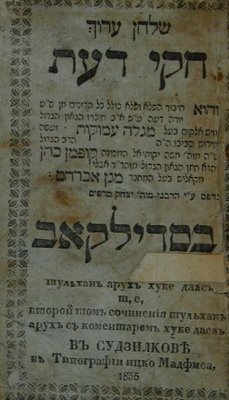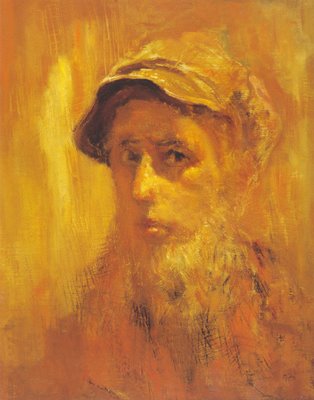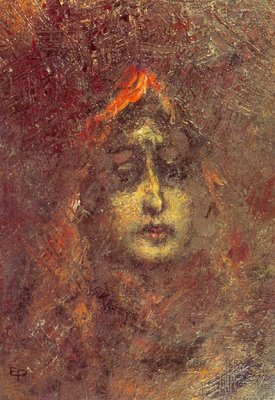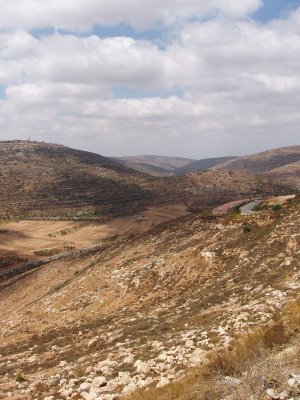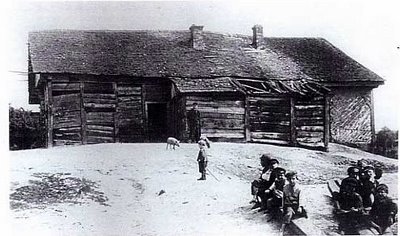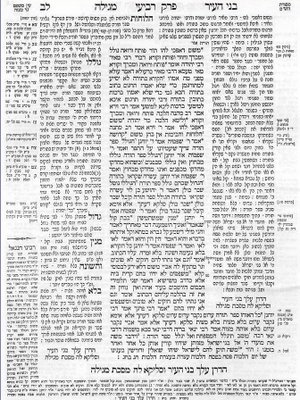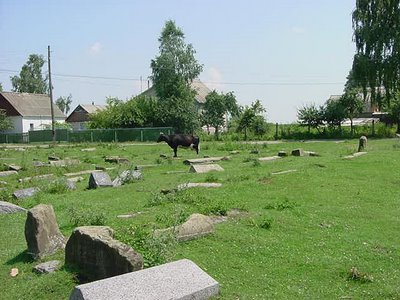 (Photo courtesy of the National Oceanic & Atmospheric Administration)
(Photo courtesy of the National Oceanic & Atmospheric Administration)After writing
this posting about a story of a fire in my family's shtetl, I sent a letter to the Pshemesheler Rebbe, Rabbi Shmuel Teich, inquiring about the story. Shortly before Pesach I received a letter from him that contained this response:
"As far as to the hakpeida of my great great-grandfather, the Rebbe, Rebbe Baruch of Medzibuz of blessed memory, please bear in mind that this took place a generation or more before many of the shtetl adopted the Baal Shem Tov's doctrine. The vast majority of the town were fervent Misnagdim, who did everything in their power to endanger the life of the Degel and constantly harass him. The shtetl changed in succeeding generation when your ancestors resided there, and the episode of the hakpeida did not involve the succeeding generations whether be Misnagdim or Chassidim."
Since this answer provided background to the story but did not mention the source of the story, I sent the Pshemesheler Rebbe another letter and received a response a few days ago.
In his letter, dated 26 of Nissan, the Pshemesheler Rebbe replied,
"Regarding your inquiry, most of the information contained in
Tehilos Baruch is from tradition from ancestors, although I have seen much of it brought in various books especially
Mekor Baruch, which is an introduction to
Botzina DeNehora, a collection of teachings from the Rebbe, Rebbe Baruch of Medzibuz, written by the famed author, Rabbi Reuven Margulies (author of
Margolios HaYam al Maseches Sandhedrin and dozens of other works, known throughout the Torah world.
However, I scanned the sefer briefly today and did not find the story brought there (though I could have missed it in haste). I do, however, remember someone writing about it, but at present I can't recall where, and it was also with some variation.
I would be very pleased to meet with you personally, as it is difficult to relate some items without actually knowing the person. Briefly, I do not cite sources for several reasons. Firstly, as said my information is family tradition before I even knew of the books that also bring these sippurim.
Secondly, our tradition is that almost all books writing sippurei ma'asios and non-documented history are not that accurate. What I mean to say is that with the rise of various Chassidic groups, those endowed with good writing skills, usually were not interested in confining their books to researched truth, and also did not have a profound comprehension of the mystical attitude behind the reasons for the behavior of the great Rebbes. Rather, their own Rebbe was more of a hero role, and the same incident could appear in ten different versions, according to the loyalty of the writer-chassid who though he had to make sure that his Rebbe emerged victorious.
The sublime reason concerning friction and opposing ideas and methods of the Chassidic masters belong to a world much higher than comprehensible to the average scholar even if he be a distinguished talmid chacham. I will give one example, the Rebbe, Rebbe Baruch of Medzibuz, cursed the inhabitants of Sudilkov for causing aggression to his brother, the Rebbe, the Degel Machaneh Ephraim. This was to be a fire, triggered by a lightning bolt during a heavy thunder storm, which would have destroyed some homes, and resulting in no loss of life. This calamity was averted by another great Rebbe to whom the leaders of Sudilkov appealed. My great-grandfather Rebbe Baruch did not make any further move against Sudilkov to override the other Tzaddik's intervention.
However, in another similar episode, which involved himself in a bitter conflict in his own town, Tulichin, when the inhabitants turned against him, implored G-d not to punish anyone because of their sins against him and was very upset that anyone be harmed because of their aggression. To the naked eye, the two stories seem conflicting, yet both occurred. There are many Kabbalistic mystical ways in which one Tzaddik perceives things and another does not, each according to his soul root, etc. Think about it, the burning of their homes in 1788 could have prevented Divine retribution much time afterward. I do not speculate, but am just arousing your curiosity. If G-d wills it we will meet and continue from there."



